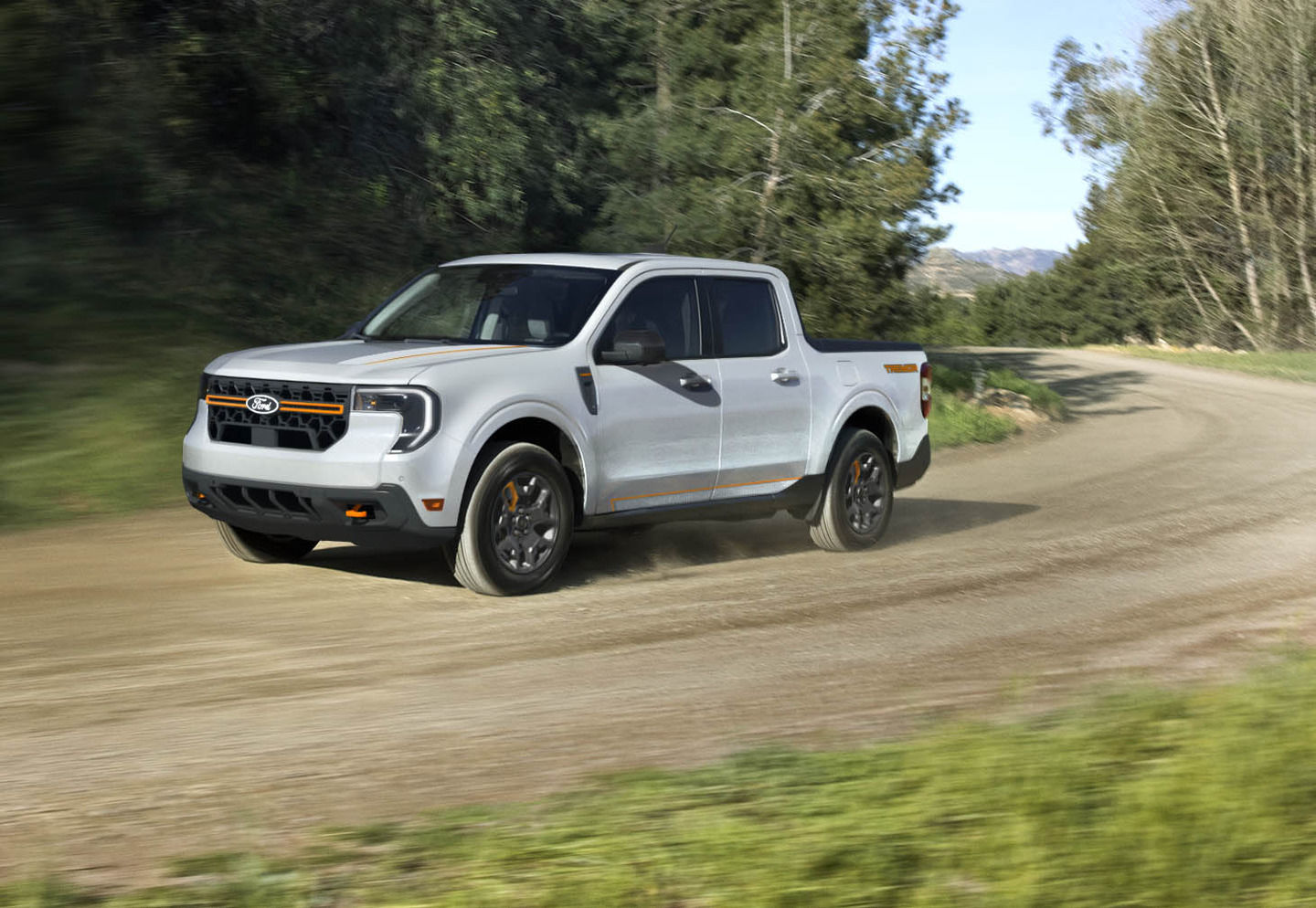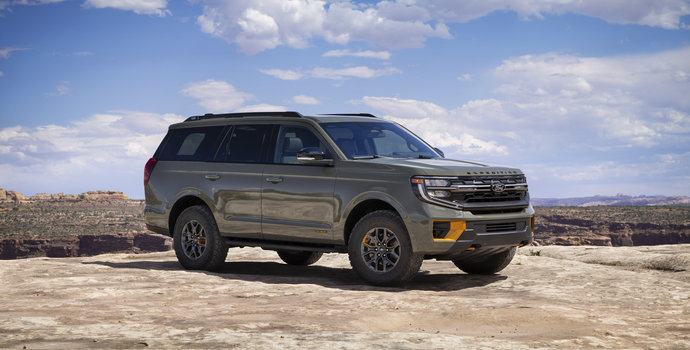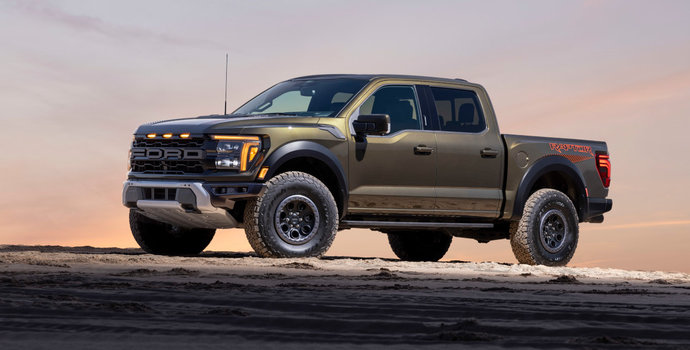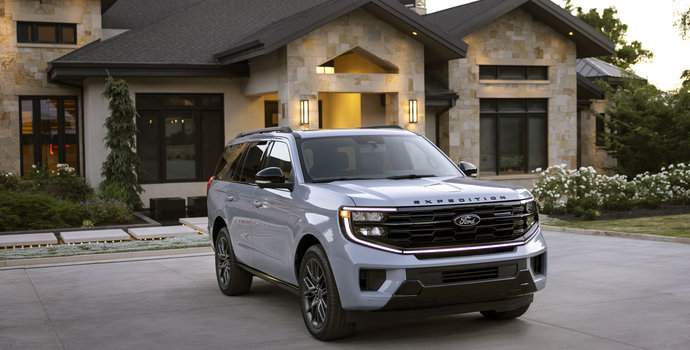Fuel efficiency is a key consideration for Ontario drivers, whether for daily commutes, weekend road trips, or long-distance travel. Ford offers a range of vehicles in 2025 that balance performance with fuel economy, from efficient hybrids to all-electric options. Below is a breakdown of Ford’s most fuel-efficient models currently available in Ontario.
Top Fuel-Efficient Ford Vehicles for 2025
Hybrid and Gasoline Models
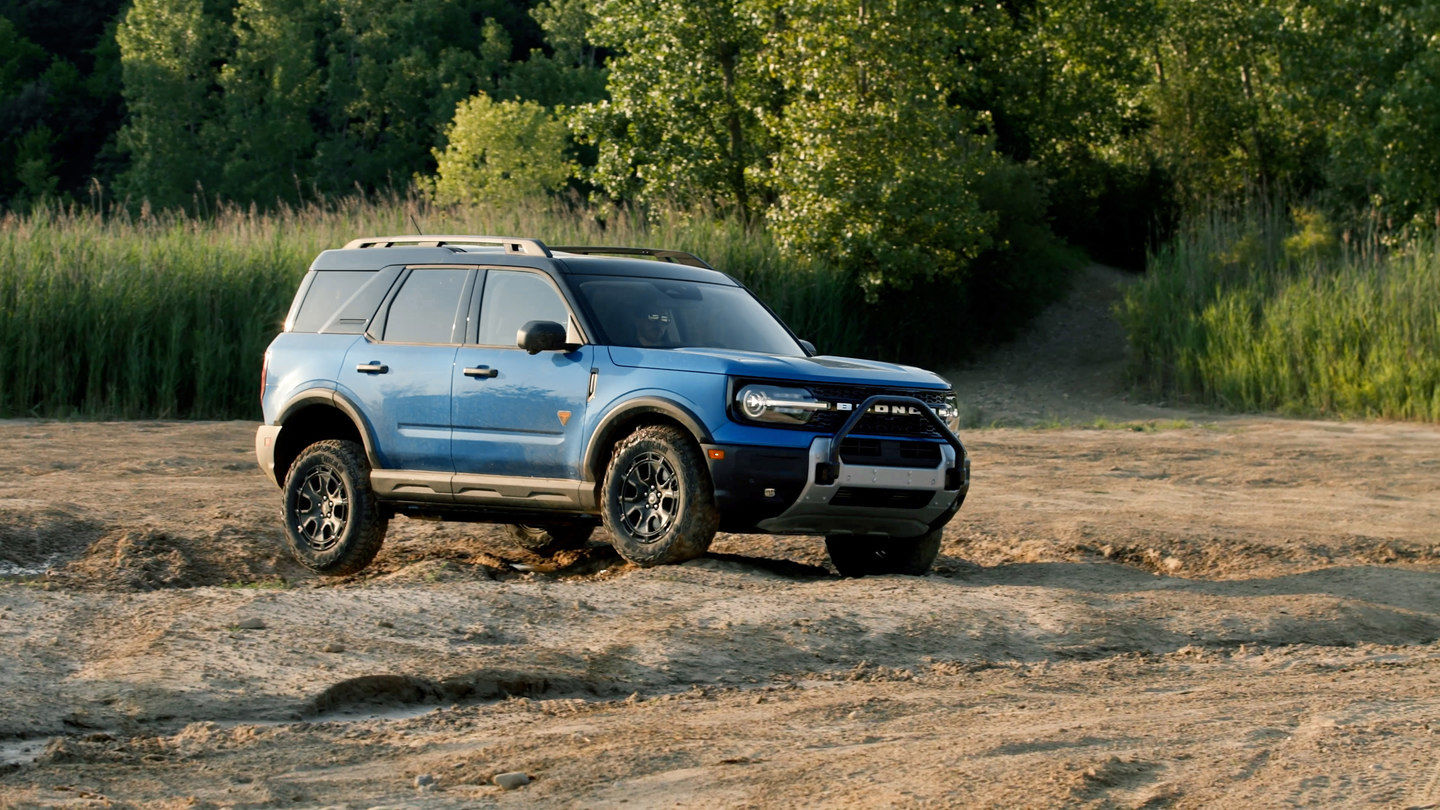
Ford’s hybrid lineup continues to impress with excellent fuel economy ratings, while select gasoline models also deliver competitive efficiency.
- 2025 Ford Escape Hybrid – 6.0L/100 km (combined)
- As one of Ford’s most efficient hybrid SUVs, the Escape Hybrid offers a strong balance of fuel savings and utility. It’s a solid choice for those needing a practical crossover without the higher price of a plug-in model.
- 2025 Ford Maverick Hybrid – 6.2L/100 km (combined)
- The Maverick Hybrid remains one of the most fuel-efficient compact pickup trucks on the market. With impressive efficiency for its segment, it stands out as a cost-effective option for those needing truck capability without excessive fuel costs.
- 2025 Ford Bronco Sport 4WD – 8.7L/100 km (combined)
- Despite its off-road-ready design and standard all-wheel drive, the Bronco Sport remains relatively efficient compared to larger SUVs in its category. It balances adventure capability with reasonable fuel consumption.
Explore Ford Lineup
Step into the future with our versatile and powerful SUVs at Mayfield Ford, where cutting-edge technology and luxury come together for an exceptional driving experience.
Shop Now
- 2025 Ford Mustang – 9.2L/100 km (combined)
- The iconic Mustang maintains its reputation for performance while achieving respectable efficiency for a sports car. While it doesn’t match the hybrids in this list, it provides an engaging driving experience without excessive fuel consumption.
- 2025 Ford Explorer AWD – 10.4L/100 km (combined)
- As a three-row SUV with all-wheel drive, the Explorer delivers strong capability while maintaining competitive efficiency for its class. It’s a viable option for families needing extra space without a major penalty at the pump.
Plug-in Hybrid and Electric Models

For even greater efficiency, Ford’s plug-in hybrid and fully electric models offer significantly reduced fuel consumption—or eliminate gasoline use entirely.
- 2025 Ford Escape Plug-in Hybrid – 2.3Le/100 km (electric mode) | 5.9L/100 km (hybrid mode)
- This plug-in hybrid version of the Escape offers the flexibility of electric-only driving for shorter trips while still providing a gasoline engine for longer journeys.
- 2025 Ford Mustang Mach-E Extended Range – 2.1Le/100 km
- As an all-electric SUV, the Mustang Mach-E delivers a combination of performance and efficiency. With its extended-range battery, it provides a substantial driving range while using no gasoline.
- 2025 Ford F-150 Lightning Extended Range – 3.3Le/100 km
- Ford’s all-electric pickup truck offers strong capability while reducing fuel costs to nearly zero. The extended-range model provides an increased driving range, making it a practical choice for truck buyers looking to switch to electric power.
2025 Ford Fuel Efficiency Ratings
|
Model
|
Fuel Efficiency
|
|
2025 Ford Mustang Mach-E Extended Range
|
2.1 Le/100 km
|
|
2025 Ford Escape Plug-in Hybrid (Electric Mode)
|
2.3 Le/100 km
|
|
2025 Ford F-150 Lightning Extended Range
|
3.3 Le/100 km
|
| |
|
|
2025 Ford Escape Plug-in Hybrid (Hybrid Mode)
|
5.9 L/100 km
|
|
2025 Ford Escape Hybrid
|
6.0 L/100 km
|
|
2025 Ford Maverick Hybrid
|
6.2 L/100 km
|
|
2025 Ford Bronco Sport 4WD
|
8.7 L/100 km
|
|
2025 Ford Mustang
|
9.2 L/100 km
|
|
2025 Ford Explorer AWD
|
10.4 L/100 km
|
Understanding Le/100 km: What It Means for EVs and PHEVs
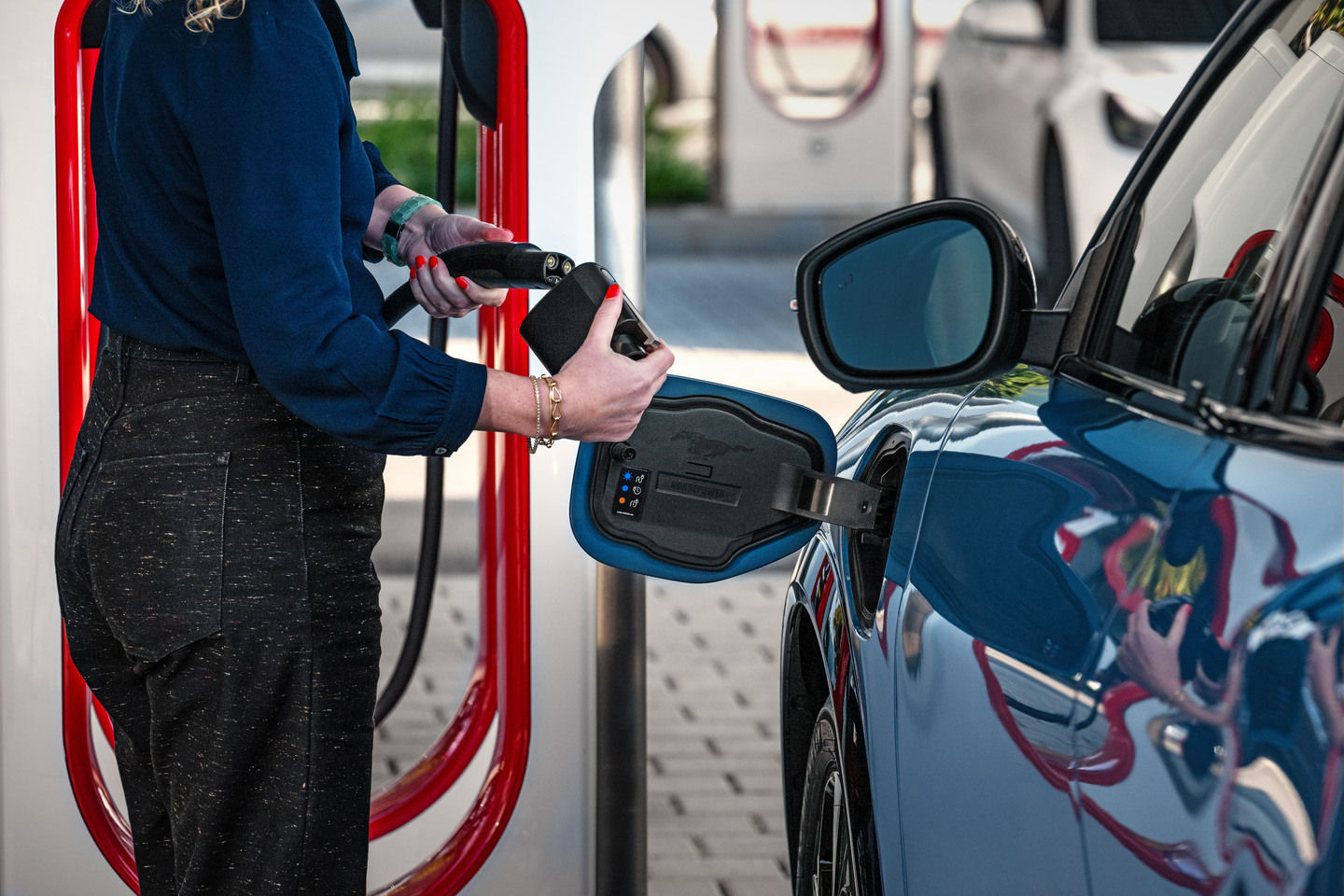
When comparing fuel efficiency across hybrid, plug-in hybrid (PHEV), and fully electric vehicles, you might notice that electric models are rated using Le/100 km instead of the traditional L/100 km. This unit, known as litres equivalent per 100 kilometers (Le/100 km), provides a standardized way to compare energy consumption between gasoline-powered and electric vehicles.
How Le/100 km Works
Le/100 km represents how much electrical energy an EV or PHEV consumes, expressed in a gasoline-equivalent format. Since electricity is measured in kilowatt-hours (kWh) rather than litres, Natural Resources Canada (NRCan) converts the energy used by an EV into an equivalent amount of gasoline energy. The standard assumes 8.9 kWh of electricity is equivalent to 1 litre of gasoline.
Why It Matters
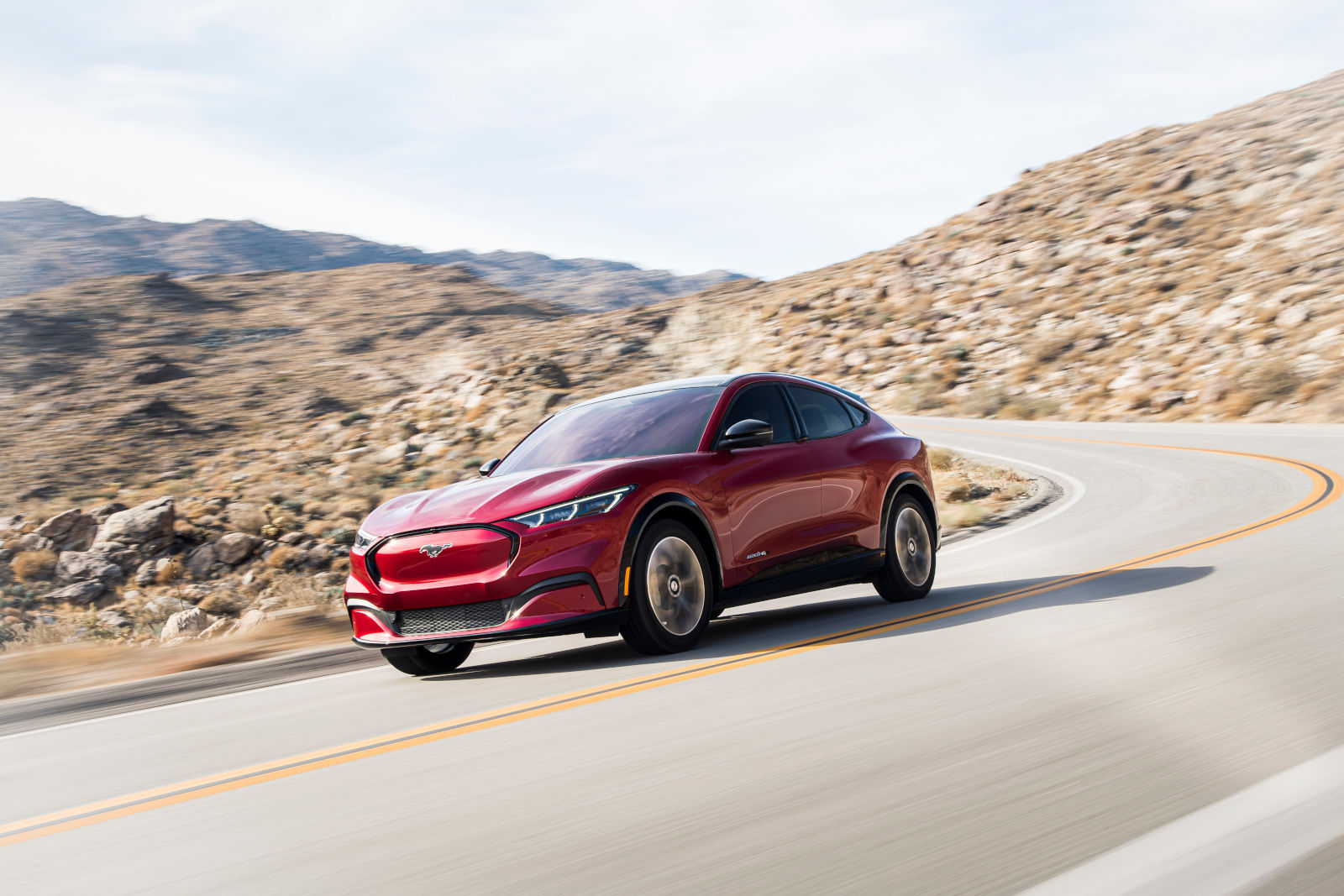
Le/100 km allows drivers to compare energy efficiency across different powertrains more accurately. For example, a fully electric vehicle like the 2025 Mustang Mach-E Extended Range, rated at 2.1Le/100 km, uses much less energy than even the most fuel-efficient hybrid models. Meanwhile, plug-in hybrids like the 2025 Ford Escape PHEV offer dual ratings—one for electric driving (2.3Le/100 km) and another for when the gasoline engine is in use (5.9L/100 km).
By using Le/100 km, Ontario drivers can better assess the long-term cost savings and environmental benefits of choosing an EV or PHEV over traditional gasoline-powered vehicles.
Conclusion
Ford’s 2025 lineup includes a variety of fuel-efficient models, from hybrids to all-electric options. Whether looking for a practical hybrid SUV, a fuel-conscious pickup, or an EV that eliminates gas use altogether, Ontario drivers have multiple choices that balance efficiency with performance and utility.


